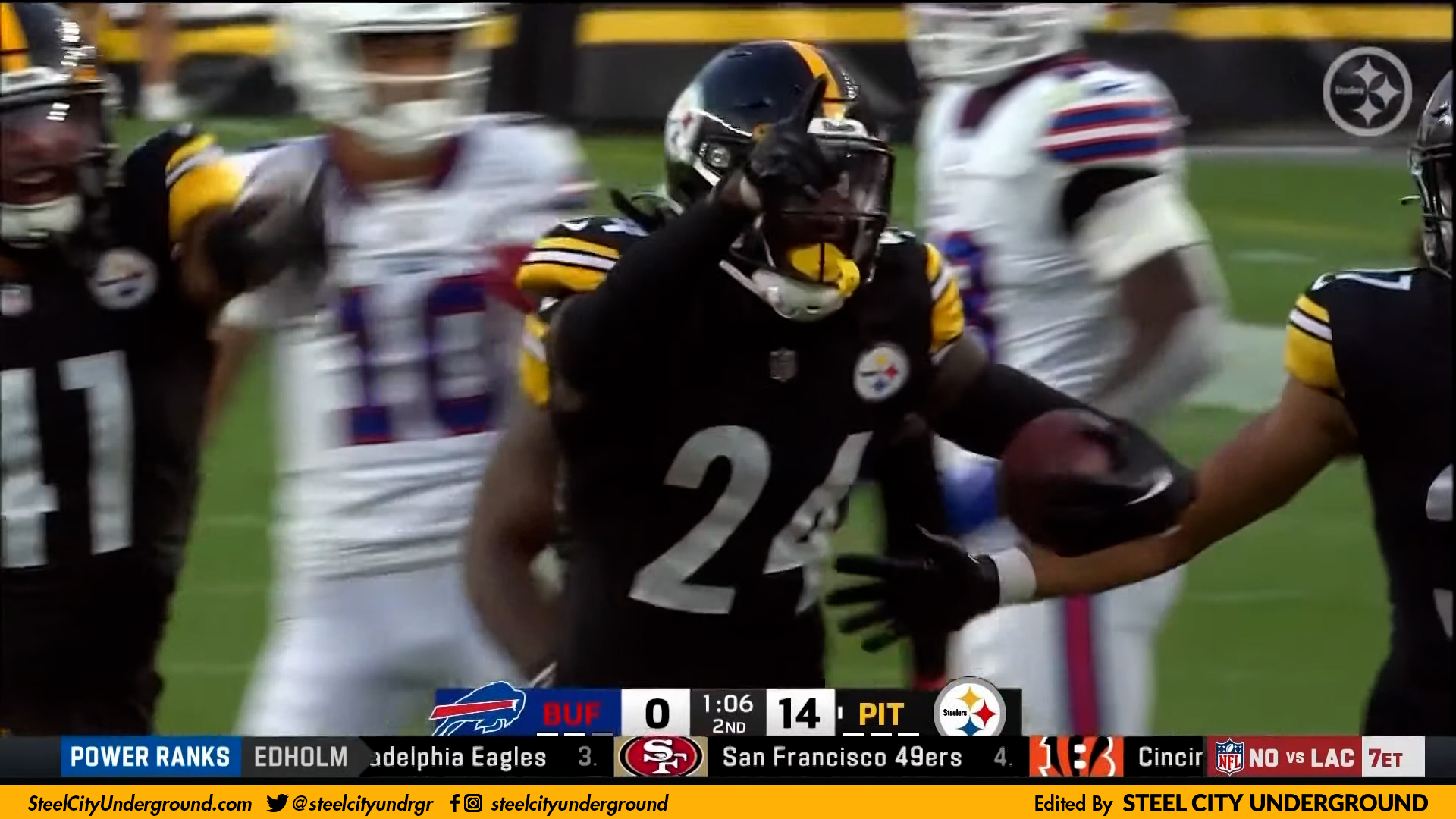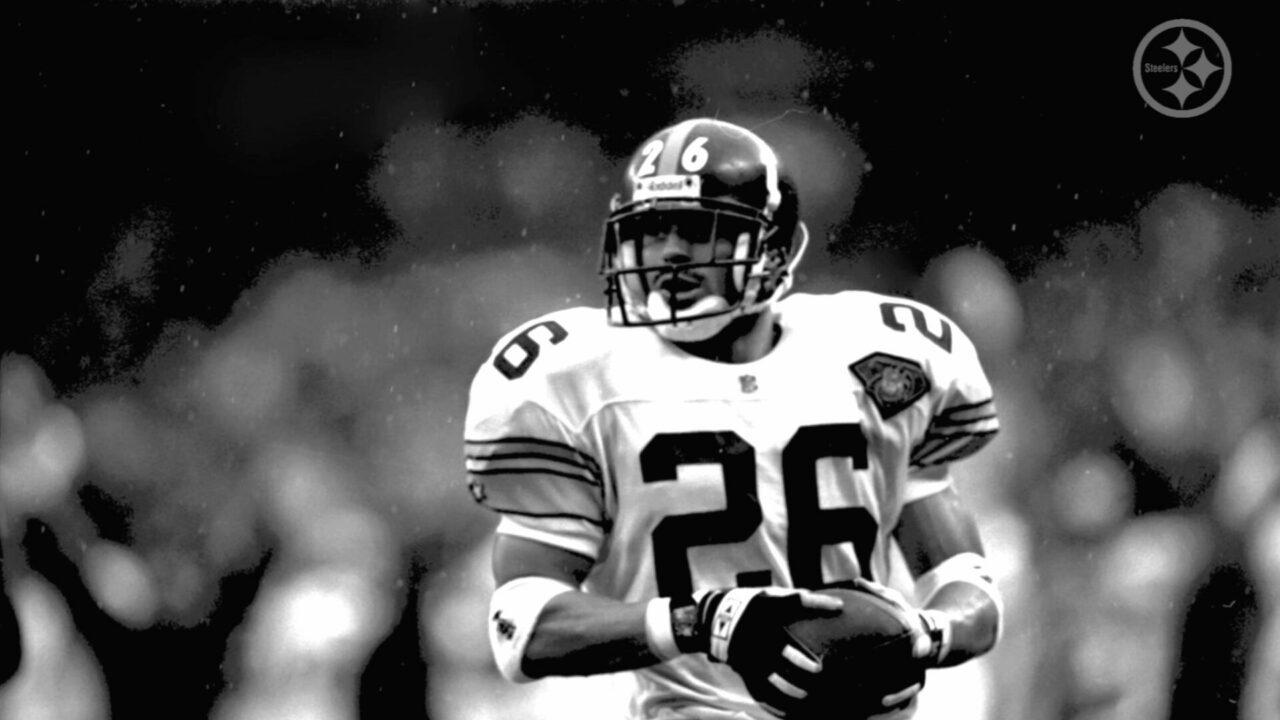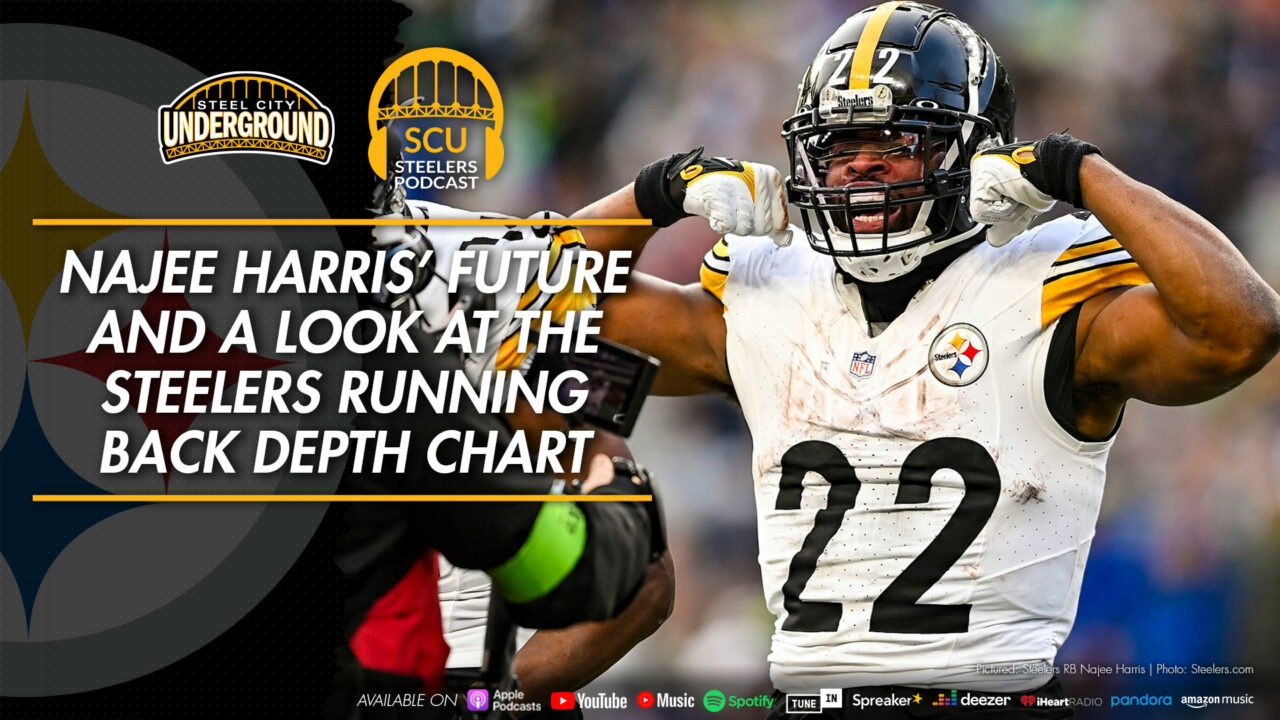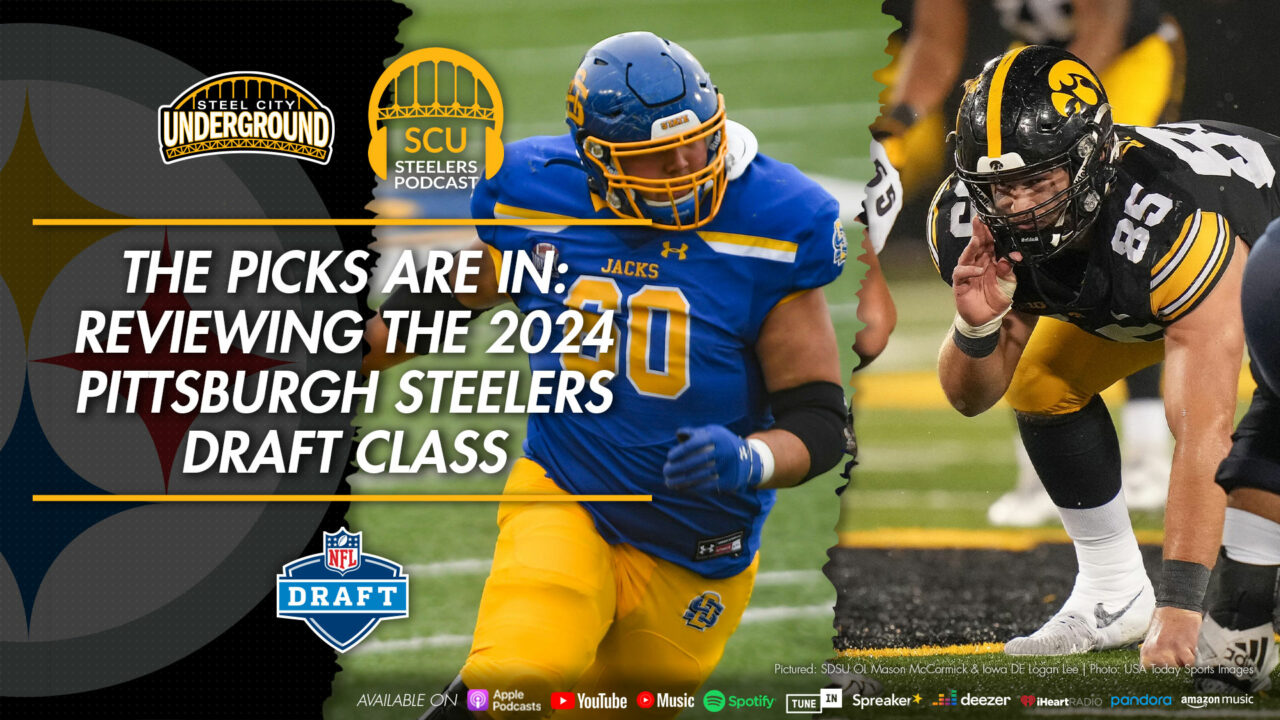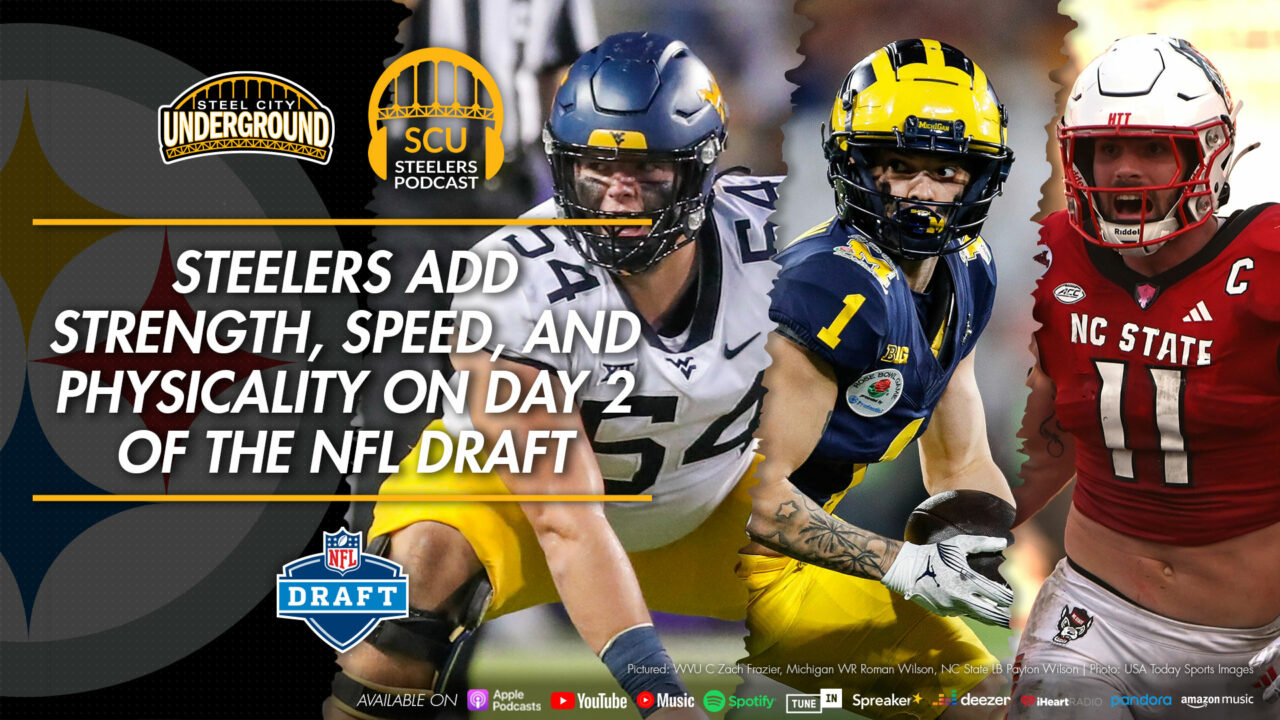4 issues with grading draft classes way too early
My annual rant: draft grades. Everyone needs instant gratification to know whether or not their team “did well” in improving their roster this offseason.
However, there are inherent flaws to doing so. Case in point, a recent Steel City Underground Podcast discussed ESPN’s Mel Kiper Jr. giving the Steelers the worst draft grade of the 32 teams.
How is it that Kiper, an “expert”, can believe Pittsburgh had the worst draft while others are grading them among the best?
Here’s are my answers.
Perceived Team Needs
This is likely the biggest issue with the entire draft season.
Experts are consumed with making, what they believe to be, educated guesses as to which players land where with their “mock drafts”.
The problem is, what the media analysts perceive to be a team’s “needs” may vary drastically from what the actual organizations believe them to be.
Example: How many mock drafts did we see where one of these draft experts had the Steelers selecting a quarterback?
The QB argument in Pittsburgh has been ongoing for ages now. It started all the way back when Landry Jones was taken in the 2013 NFL Draft. Everyone has been looking for Ben Roethlisberger’s successor with no indication of when that drafted player will ever – if ever – take the field.
Three different quarterbacks on the roster not named Roethlisberger have NFL experience. Why on Earth would the Steelers burn a pick on yet another passer when they have other needs?
It gets just as silly when the media started talking about the defensive side of the ball. Those who were casually paying attention say OLB Bud Dupree leave in free agency – this signaled an immediate draft need to replace him, despite anyone else (who was paying closer attention) knowing that last year’s third round pick, OLB Alex Highsmith, appeared in all sixteen games (starting in five of them).
He was specifically drafted with Dupree’s departure in mind – a year earlier!
Therefore, any mock drafts that that had the Steelers picking a quarterback or edge rusher with their top selection were immediately invalidated; at least in my head.
http://gty.im/1138758185
Justification
This goes hand-in-hand with the aforementioned perception of team needs.
Draft media is quick to tell us whether they were right or wrong, in order to justify their position as an “expert”. Yet, the draft process is not precise – nor will it ever be.
I can say with reassurance that no team goes into the NFL Draft thinking they want to fail at it. Every pick is meant to help improve the roster in some fashion.
But there are things that will be out of their control.
What if the player gets in off-field trouble, fails to stay in shape, or simply isn’t a good fit, talent or team-wise?
Does that mean the team made a bad decision?
Not necessarily. Hindsight is always 20/20 with these things.
The draft experts spend as much time analyzing (and overanalyzing) their mock drafts to a degree where, if a team doesn’t select who they feel is the best fit for that specific pick, they tend to take it personal.
That’s how you get bad draft grades immediately after the draft.
In the case of Kiper, he had mocked the Steelers OT Teven Jenkins from Oklahoma State, despite many of his colleagues seeing the obvious writing on the wall with the team’s eventual first round selection, RB Najee Harris from Alabama.
Since Pittsburgh didn’t fall in line and get their offensive tackle, Kiper’s top perceived team need, until the fourth round, he feels they failed the draft.
Similar jabs were taken at the Steelers (and others) in past years. Another prime example is when T.J. Watt was taken near the end of the first round. Many “experts” felt that Watt was a second-round pick and dinged Pittsburgh’s draft grade accordingly. (With the thought being they could’ve picked someone else and gotten Watt with a later pick.)
Doesn’t that seem preposterous knowing now that Watt has been a league Defensive Player of the Year runner-up in each of last two seasons?
Players Haven’t Played
This is the most obvious issue: critics are jumping all over draft selections before they take a single snap on the field.
How are we supposed to know if anyone is any good until they play? And then, do they maintain a level of consistency over several years of a career?
There are busts and one-hit wonders, for sure. We won’t know that until several years down the road. That’s when we can truly look back and determine if a draft class was any good.
Likewise, are we really judging if a late round, day three draft pick is a good or bad one when discussing grades?
Most NFL careers last 3-4 years, at most. If a player receives a second contract, with the same team or elsewhere, are we grading that differently as well?
Only the top selections should truly impact a class grade. The first-round pick should become a viable NFL starter. A second-round pick has an opportunity to do the same, especially if taken within the top fifty or so picks.
Anything after that can make or break a draft class. The middle and late rounds typically round out depth charts and project to be special teams players in most cases. If one of those picks ascends to being a major contributor, or a starter, that should nudge any grade up to an “A”.
http://gty.im/944566980
Entertainment Value
Most of these mock drafts and draft grades are simply filler for the slow part of the NFL season.
Unlike other sports, the NFL has a long offseason between the first and final games. That leaves the media, myself included, scratching and clawing for content – and your attention.
Clicks and views are as important as ever in our present media climate. Mock drafts tend to give us that glimpse into the future that we want to know yesterday – but have to wait until tomorrow for.
They’re fun, but can also be overdone.
If you see it only as entertainment value, it’s a great concept to follow along with. However, it has also grown into an industry all itself, much like fantasy football, where people are employed full time in order to cover the draft process from beginning to end.
It seems preposterous, and it is, but there are already 2022 mock drafts being released.
That’s the main reason why: money.
Armed with that knowledge, if we all took these grades a little less seriously, we could have more fun with it and perhaps, even lessen the burden of pressure on many of these players taken with high draft selections.
Unfortunately, there are some which take the entire “mock” process too far and too personal.
To those types and to fans, I pledge a call to just have fun and allow things to play out – because that’s what will have to happen in order for any draft class grades to make sense down the road.


